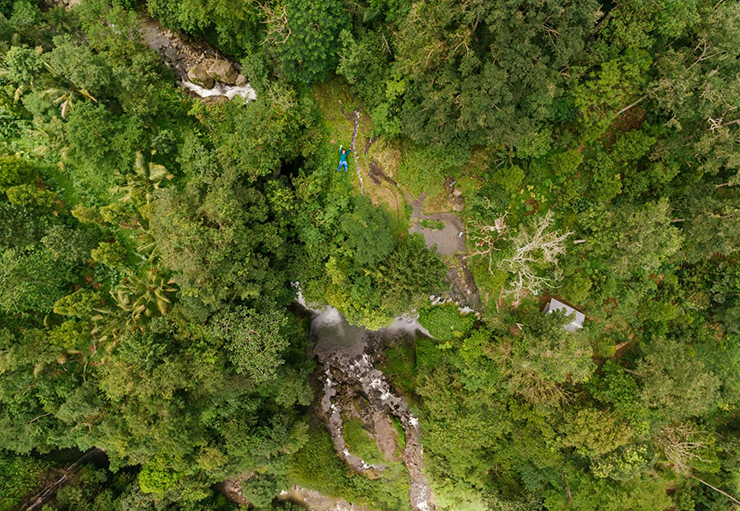Drones Assist in Locating Hiker Missing for 3 Days in California

The United States is home to 84 million acres, about 131,250 square miles, of national parks. Each year, hundreds of individuals go missing within these parks, with estimates pointing to around 1,600 active missing person cases. When someone goes missing in the wilderness, every minute matters. Environmental conditions such as extreme heat, freezing temperatures, or rapidly changing weather can drastically reduce survival time. In recent years, drone technology has become a game-changer in search and rescue operations. Compact, agile, and equipped with thermal and high-resolution cameras, drones now give responders an aerial vantage point that allows them to cover rough terrain quickly and safely while directing ground teams with greater precision.
In September 2023, a drone was used to locate a missing hiker in the San Gabriel Mountains north of Los Angeles. Deputies from the Los Angeles County Sheriff’s Department deployed an unmanned aerial vehicle (UAV), and within about ten minutes of launching, the drone’s live video feed revealed the hiker perched on a ledge 200 feet down a steep cliff where ground teams could not easily reach. Given the hiker’s precarious location, it is likely he would not have been found in time without the drone.
The department used a DJI Matrice 300 equipped with a thermal imaging camera and zoom lens. According to Deputy David Nieto, who piloted the aircraft, “The drone gave us the ability to see into areas that would have taken hours for ground crews to reach, and it saved valuable time in bringing the hiker to safety.” This is just one of many instances in which agencies across the country have increasingly adopted drones in emergencies, contributing to a steady rise in successful recovery missions as the technology continues to evolve.
Since 2013, the state of California has reported more than 1,500 missing persons within its 6,300 square miles of national parks. The state has also become a pioneer in how drone technology is used by police and emergency services. On August 18, 2025, a hiker went missing near the North Fork of the American River in California’s rugged Euchre Bar area. The man sent a distress text to 911, stating he was lost in steep terrain without food or water. Despite dispatchers’ efforts, they could not reestablish contact. However, they were able to obtain approximate GPS coordinates of his location. Deputies from the Placer County Sheriff’s Office (PCSO) found the hiker’s vehicle at the trailhead, and a comprehensive search ensued.
The Sheriff’s Office, along with support from allied agencies, dispatched more than 50 search-and-rescue personnel, including K9 teams, helicopters, ground crews, dive teams, and drones. Among the aerial resources deployed were DJI Mavic 2 Enterprise (M2E) Dual drones, lightweight, portable, and easy-to-use aircraft that have become a favorite among emergency personnel. In 2018, when emergency departments were first embracing drone technology, the Joshua Fire Department in Texas began relying on the advantages offered by the Mavic 2.
When a fire broke out at an abandoned house that quickly spread to surrounding dry grass, Chief Baker of the Joshua Fire Department said the drone made all the difference in rapidly assessing and addressing the situation. “We were able to put out the grass fire in 30 minutes,” he said. “The M2E Dual’s thermal aerial imagery gave us good vision of what was on fire and how to access the burning areas quickly.” Years later, as the PCSO demonstrated, the M2E remains a powerful tool for emergency responders.
The drone played a critical role in helping the PCSO recover the stranded hiker. The drone’s thermal imaging camera rapidly scanned inaccessible areas of Euchre Bar. This allowed rescuers to cancel searches in certain regions and better allocate resources to other zones to locate the man. He was eventually found by the dive team along the riverbank. After a three-day search, the hiker was tired, thirsty, and hungry, but otherwise safe, according to a statement from the PCSO. “We want to send a huge thank you to all the volunteer Search and Rescue team members, including several from allied agencies. They dedicated countless hours over several days to search in extremely challenging terrain,” the statement continued. “Their commitment and expertise were instrumental in bringing this case to a positive outcome.”
|